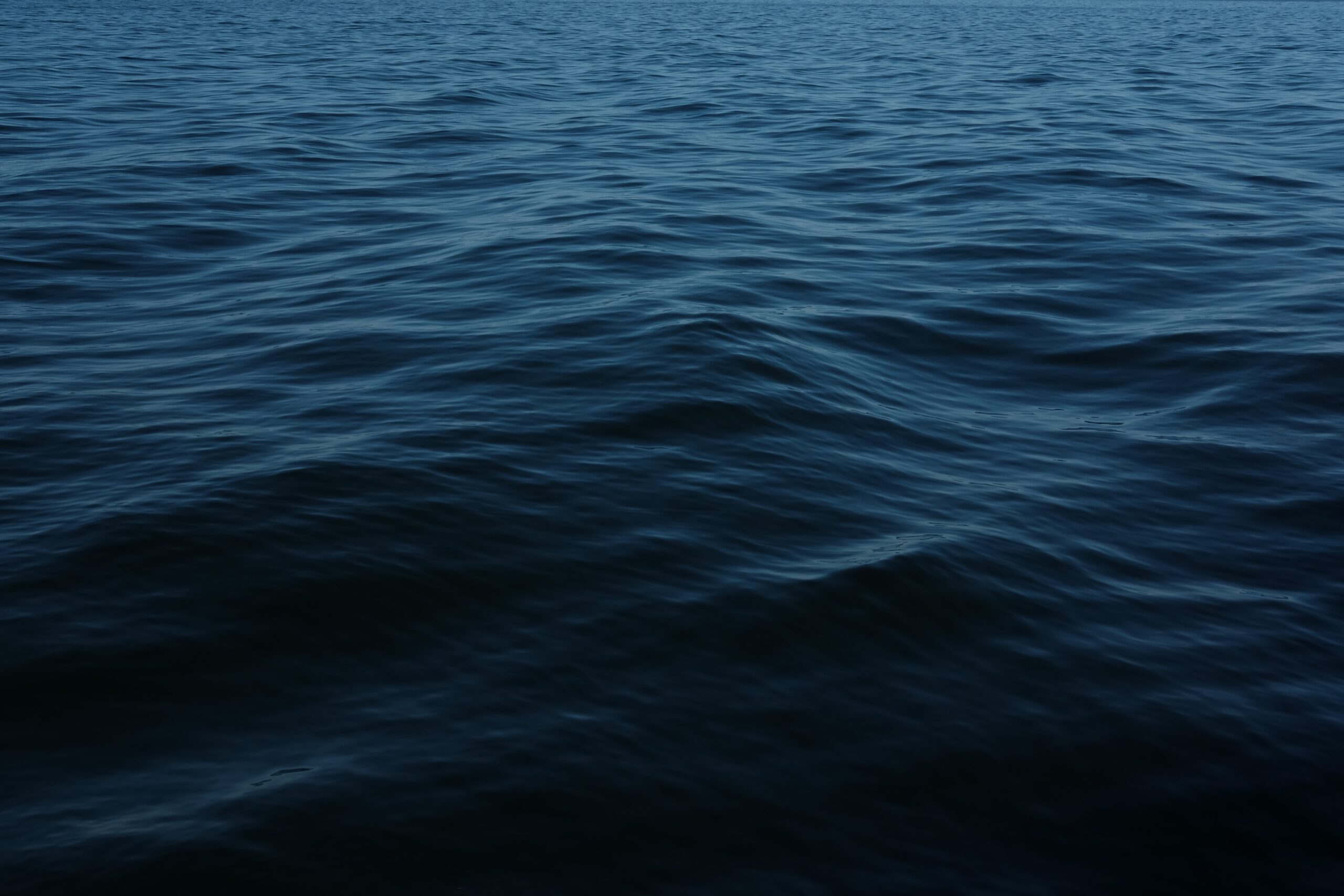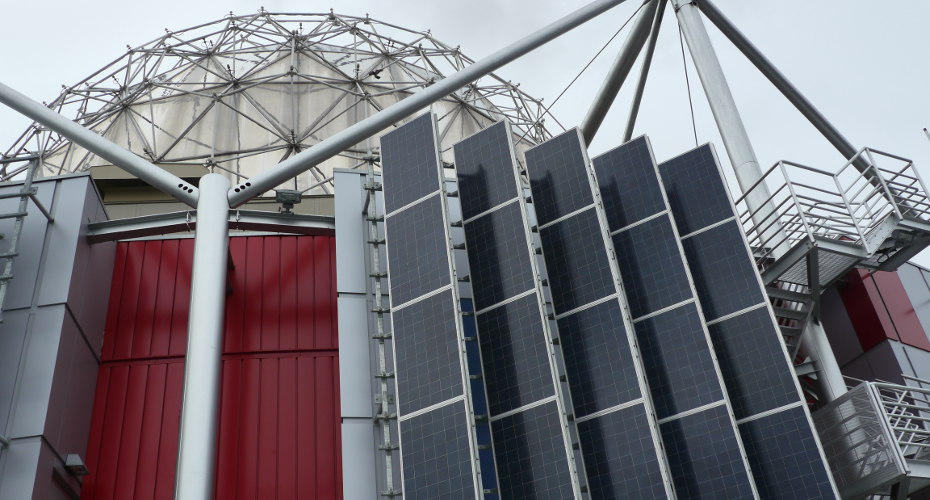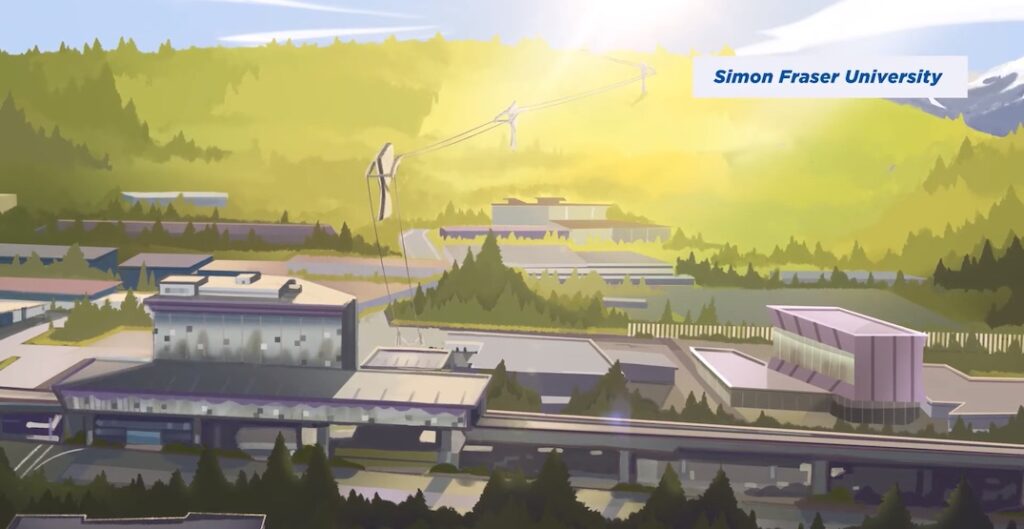You’ve probably heard we need to stop burning fossil fuels. Burning them releases gases like carbon dioxide and methane, which heat up our atmosphere and cause climate change.
These gases are known as greenhouse gases because they act like the glass walls of a greenhouse that let light pass through but trap heat inside.
As the planet warms, more dangerous storms, floods, and droughts are happening more often around the world. Burning fossil fuels also releases poisons into the air which can make people and wildlife sick.
Over one hundred countries, including Canada, have committed to net-zero emissions by 2050. Net-zero emissions means reducing the amount of greenhouse gases put into the air until they equal the amount being removed by trees and the ocean. This way, the total amount of greenhouse gases in the air doesn’t go up.
To ensure we’re on the right track, Canada has pledged to cut greenhouse gases 40% below 2005 levels by 2030.
That’s only seven years away. What’s happening in BC to support this goal?
In BC
There are many ways to make energy that don’t burn fossil fuels. These energy sources are called “renewable,” because they have an unlimited supply, like the wind, sun and moving water.
Wind turbines use the wind to spin their blades, turning a generator that makes electricity. Similarly, to produce hydroelectricity, generators convert the kinetic energy produced by water flowing through a dam. Solar panels use chips called photovoltaic cells to capture the sun’s energy, almost like how plants use the sun to grow. Most importantly, turbines and solar panels don’t make any greenhouse gases, so they’re called clean energy.


